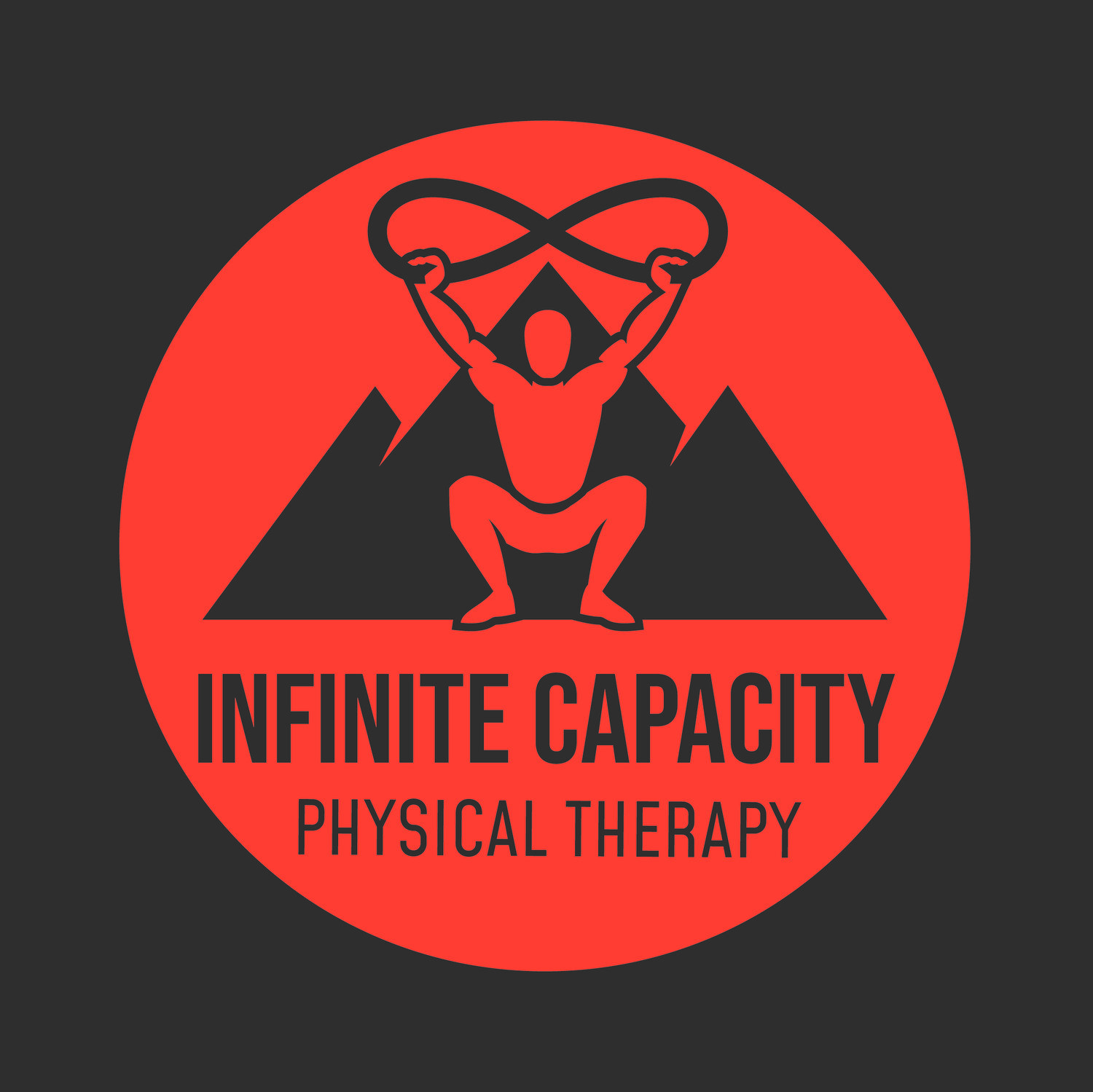An Injured Healthcare System Physical Therapy Can Treat: Part 4
Patient Driven Treatment
In response to this insurance driven treatment style, there has been a movement by some physical therapists towards a more patient driven approach. This movement is into fee-for-service, or cash pay, physical therapy services and price transparency!!
Without insurance contracts and reimbursement rates, and having one set price for each visit allows multiple avenues to improve the quality of care delivered to the patient:
The physical therapist now only has to focus on treating the patient, instead of insurance reimbursement, billing timed vs untimed codes, copays, coinsurances, patient invoices for portions not covered by insurance, etc.
This also allows for more clinics and therapists to move to a one-on-one therapist-to-patient ratio. With preferred pricing instead of insurance driven reimbursement, a therapist does not need to book multiple patients at once to try and recover costs. The focus is on one patient at a time… YOU!
Focusing on one patient at a time leads to an improved and better individualized patient plan of care. When the therapist is able to spend more direct time with a patient, and doesn’t have to hand the patient off to an assistant or aide, the therapist is able to more thoroughly determine the best and most effective treatments for that patient, that day, during that visit. Not more interventions to bill more codes, but the best interventions for that individual!
This leads to better outcomes, in less visits, and at less total cost. And even though the patient is paying for services on the front end, they can still be submitted to insurance companies for reimbursement afterwards (see more about this here).
The movement towards cash pay physical therapy has the potential to vastly improve the quality of care provided to patients. The other benefit to patients will be the ability to price shop and choose the best providers at the best prices. “However, to price shop effectively, patients must be able to compare prices among providers.”(6) In order for this to happen though, insurance driven treatment due to poor insurance reimbursement rates needs to be fixed. There needs to be a movement towards price transparency, and this will not only benefit the provider, but more importantly, the patient.
References
(6) Mehrotra, A., et al., Promise and Reality of Price Transparency. New England Journal of Medicine, 2018; 378(14): 1348-1354.
